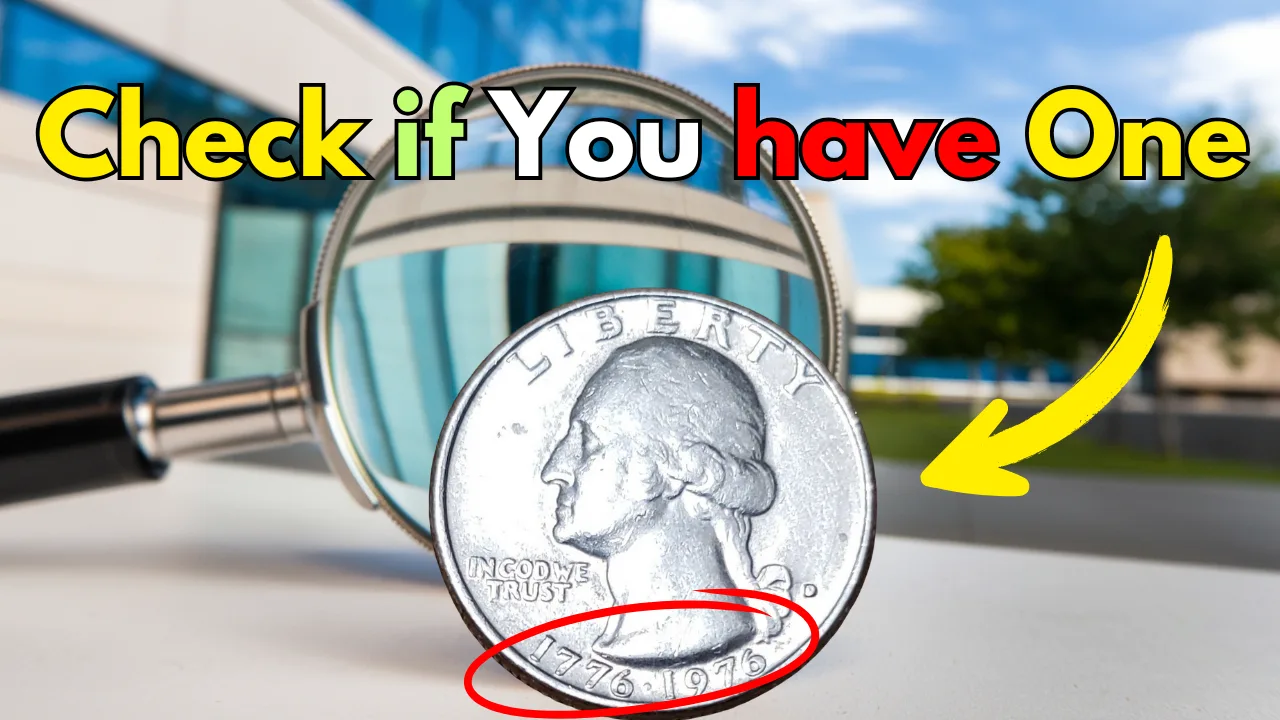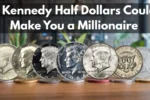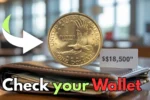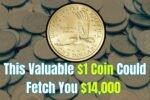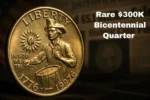Among the most fascinating coins in American numismatics is the 1976 Bicentennial Quarter, a special edition coin minted to celebrate the 200th anniversary of the United States’ independence. While millions of these quarters were produced, a select few are exceptionally rare and potentially worth up to $2 million due to unique characteristics and minting errors. Knowing how to spot one of these elusive quarters could turn your pocket change into a small fortune.
What Is the 1976 Bicentennial Quarter?
The Bicentennial Quarter was issued in 1975 and 1976 to commemorate the bicentennial of the signing of the Declaration of Independence. These quarters differ from standard designs in a few key ways:
-
They bear dual dates “1776–1976” instead of a single date.
-
The reverse side features a Colonial drummer and a torch encircled by 13 stars, replacing the traditional eagle design.
-
Most of these coins are made of copper-nickel, but a limited number were struck in 40% silver for collectors.
With over 1.6 billion Bicentennial quarters minted, the majority hold only face value. However, a few rare versions, particularly those with unique mint errors or special compositions, can fetch extraordinary prices in the collector’s market.
What Makes the $2 Million Bicentennial Quarter So Valuable?
While most Bicentennial quarters are only worth 25 cents, a few extremely rare versions have sold for thousands—and in very rare cases, up to $2 million. Here’s what makes them so valuable:
1. Mint Errors
Some of the most valuable Bicentennial quarters are the result of minting mistakes, such as:
-
Double die errors: These occur when the coin is struck more than once slightly out of alignment, creating a doubled appearance in the design or lettering.
-
Off-center strikes: If the coin wasn’t properly aligned during minting, part of the design may be missing or off-center.
-
Wrong planchet errors: In very rare cases, quarters were mistakenly struck on planchets meant for other coins, such as dimes or foreign currency.
2. Proof Coins Struck in Error
The U.S. Mint also produced special proof sets in 1976. These coins were meant for collectors and not for general circulation. Some of the most valuable Bicentennial quarters were silver-clad proof coins struck using the wrong dies or with extraordinary mirror-like finishes.
3. Exceptional Condition
Coins graded by professional services such as PCGS or NGC as MS-68 or higher (Mint State) are incredibly rare. The closer to perfection, the more valuable the coin. Even without errors, a flawless 1976 quarter can be worth thousands of dollars.
How to Spot One of These Rare Quarters
If you think you might have a valuable Bicentennial quarter, here are steps to help you determine its worth:
1. Check the Date and Design
-
Look for the dual date “1776–1976.”
-
Check that the reverse features the Colonial drummer and not the eagle.
2. Inspect the Mint Mark
-
Coins were minted in Philadelphia (no mint mark), Denver (D), and San Francisco (S).
-
S-mint quarters are more likely to be silver or proof coins.
3. Test for Silver Content
-
If the coin sounds more like a ring when dropped (a silver “ping”) or lacks the copper streak on its edge, it might be 40% silver.
-
Weigh the coin: Silver quarters weigh slightly more than copper-nickel ones (around 5.75 grams instead of 5.67 grams).
4. Look for Errors
-
Use a magnifying glass to check for doubling, off-center designs, or die cracks.
-
Unusual textures or missing elements can also indicate rare varieties.
5. Get It Graded
If your coin looks promising, have it graded by a professional coin grading service. A certified grade and authentication can significantly increase its market value.
Frequently Asked Questions (FAQs)
Q1: Can any 1976 quarter be worth $2 million?
A: No, only extremely rare examples with specific minting errors or in exceptional condition can reach that value.
Q2: How can I tell if my 1976 quarter is silver?
A: Check for the “S” mint mark, weigh the coin, or look at the edge—silver quarters lack the orange-copper stripe.
Q3: Are quarters with the drummer boy design valuable?
A: Most are common, but versions with errors, silver content, or high grades may be valuable.
Q4: Where can I sell a rare Bicentennial quarter?
A: You can list it through auction houses, coin dealers, or on platforms like eBay, but it’s best to have it graded first.
Q5: How many $2 million Bicentennial quarters exist?
A: There’s no confirmed number, but only a handful of exceptional coins with extreme rarity or errors have reached such valuations.
Final Thoughts
Finding a 1976 Bicentennial quarter worth $2 million is like winning the numismatic lottery, but knowing what to look for significantly increases your chances. Whether it’s a rare error, silver content, or pristine condition, the next time you sort through your spare change, take a second look—you might just be holding a hidden treasure.
